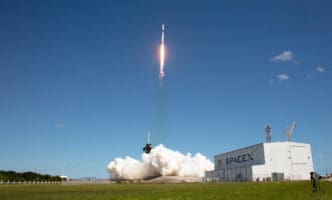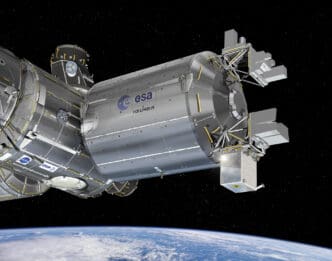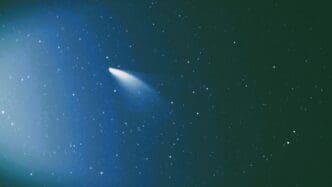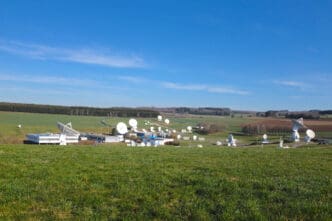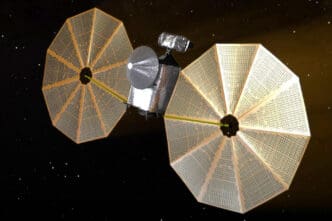Astronomers utilizing the James Webb Space Telescope, a collaborative effort by NASA, ESA, and the Canadian Space Agency, have uncovered compelling evidence indicating the existence of a long-sought supermassive black hole at the core of the spiral galaxy Messier 83 (M83). This intriguing discovery was facilitated by Webb’s Mid-Infrared Instrument (MIRI), which detected highly ionized neon gas, a potential marker of an active galactic nucleus (AGN) – a black hole actively accreting matter at the galaxy’s center.
Messier 83, also known as the Southern Pinwheel Galaxy, has long puzzled astronomers. While it is typical for large spiral galaxies to host AGNs, confirming the presence of one in M83 has been an ongoing challenge for decades. Previous observations suggested that if a supermassive black hole existed, it was either dormant or obscured by dense dust. However, the advanced sensitivity and spatial resolution of Webb’s telescope have revealed signs that suggest otherwise.
“Our discovery of highly ionized neon emission in M83’s nucleus came as a surprise,” stated Svea Hernandez, lead author of the study from the Association of Universities for Research in Astronomy (AURA) and the European Space Agency, based at the Space Telescope Science Institute in Baltimore, USA. “These indicators require substantial energy to form—more than what typical stars can produce. This strongly implies the presence of an AGN that has eluded us until now.”
Svea further explained, “Before Webb, detecting such faint and highly ionized gas signatures in M83’s core was beyond our capabilities. Now, with its remarkable mid-infrared sensitivity, we can explore these concealed depths and uncover what was previously invisible.”
Using MIRI, Webb’s mid-infrared observations allowed scientists to penetrate through dust and detect the distinctive signs of highly ionized gas in compact regions near the galaxy’s nucleus. The energy necessary to generate these signatures surpasses what supernovae or other stellar processes can deliver, suggesting an AGN as the most plausible explanation. Nonetheless, other possibilities, such as extreme shock waves in the interstellar medium, are under consideration.
“Webb is transforming our comprehension of galaxies,” remarked co-author Linda Smith from the Space Telescope Science Institute. “Astronomers have persistently searched for a black hole in M83 without success. Now, we have a compelling clue indicating its potential presence.”
Smith continued, “This discovery exemplifies how Webb is leading to unexpected breakthroughs. Prior assumptions ruling out an AGN in M83 are now challenged, opening new avenues for exploration.”
The research team plans follow-up studies with other observatories, including the Atacama Large Millimeter/submillimeter Array (ALMA) and the Very Large Telescope (VLT), to investigate further the nature of the gas and confirm the presence of a supermassive black hole in M83. These additional observations will determine whether the newly detected emission originates from an AGN or if other high-energy processes are at play.
This study highlights Webb’s capability to reveal hidden structures within galaxies, paving the way for more discoveries in black hole astrophysics. As astronomers continue pushing Webb’s limits, the Universe’s most elusive mysteries are coming into sharper focus. The findings have been published in The Astrophysical Journal.
The James Webb Space Telescope is the largest and most powerful telescope ever launched into space. Under an international agreement, ESA provided the telescope’s launch service using the Ariane 5 launch vehicle. ESA, in collaboration with its partners, developed and qualified the Ariane 5 adaptations for the Webb mission and procured the launch service through Arianespace. Additionally, ESA contributed the NIRSpec spectrograph and 50% of the MIRI, designed and constructed by a consortium of European institutes and the Jet Propulsion Laboratory (JPL) and the University of Arizona.
Webb represents a global partnership among NASA, ESA, and the Canadian Space Agency.



